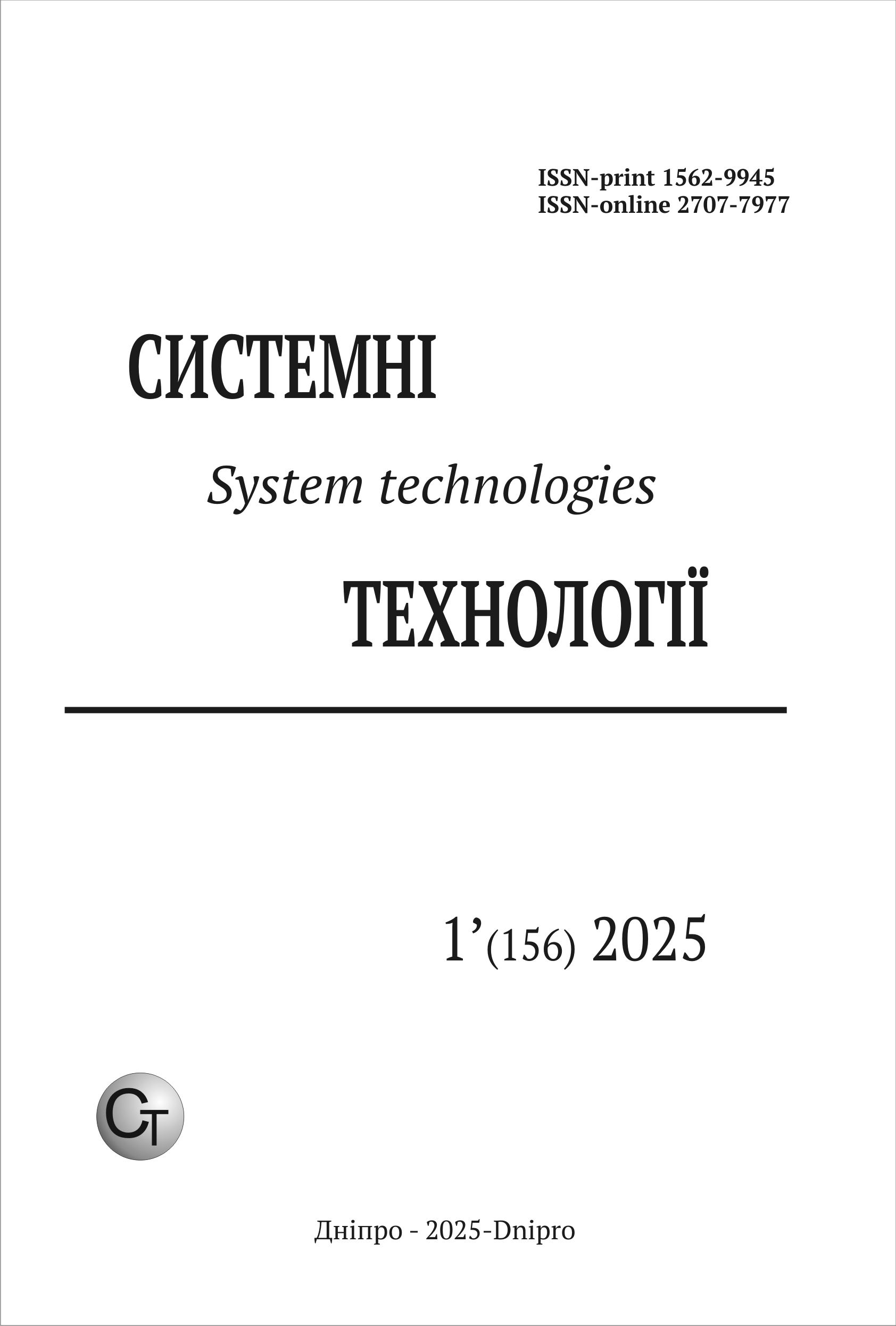Architectural principles for ensuring verification and quality in systems for creating digital twins of biomedical objects
DOI:
https://doi.org/10.34185/1562-9945-1-156-2025-17Keywords:
software engineering, software architecture, test automation, verification, modularity, containerization, digital twins, biomedical objects.Abstract
The article presents architectural principles aimed at ensuring the quality and reliabil-ity of systems for creating digital twins of biomedical objects, with a particular focus on the human larynx as a key research subject. It notes that digital twins have significant potential for accurately simulating the physiological characteristics and states of real organs, opening new avenues for medical diagnosis and treatment. To achieve high-quality digital models, the proposed system combines modularity and component isolation, providing development flexi-bility, facilitating error detection, and enhancing system resilience. A crucial implementation aspect is the use of Docker containerization, which enables unified environments for development, testing, and deployment, ensuring stable operation of all components in real-world conditions. Leveraging a microservice architecture, each system component can be developed and deployed independently, contributing to system flexibility and adaptability to various medical needs. Furthermore, the architecture allows for easy scaling to meet the requirements of specific medical facilities and professionals. To enhance data accuracy and relevance, the system integrates information from vari-ous sources, such as video, audio, and other medical data types, converting them into a uni-fied format to facilitate further analysis and processing. This integration enables doctors to access comprehensive and consistent information on patient status, improving diagnostic ac-curacy and treatment effectiveness. Based on collected data, a digital twin of the patient’s larynx is created, reflecting physiological and functional characteristics in real time, which allows doctors to predict disease progression and select the most effective therapeutic strate-gies. The system also upholds high data security standards by implementing multi-level au-thentication and encryption to protect patient information. Data anonymization principles preserve confidentiality, and distributed storage reduces the risk of unauthorized access. In-tuitive interfaces for visualizing digital twins allow doctors to analyze medical data in detail and make informed decisions regarding patient treatment, significantly improving the quality of healthcare services. Thus, the proposed architecture enables the creation of high-precision digital twins of biomedical objects and supports a comprehensive approach to diagnosis and therapy, mark-ing an important step forward in the development of digital medicine and personalized treat-ment.
References
Lombardo, A., Morabito, G., Quattropani, S. and Ricci, C., 2022, June. Design, implemen-tation, and testing of a microservices-based Digital Twins framework for network manage-ment and control. In 2022 IEEE 23rd International Symposium on a World of Wireless, Mobile and Multimedia Networks (WoWMoM) (pp. 590-595). IEEE
Rolle, R.P., Martucci, V.D.O. and Godoy, E.P., 2021. Modular framework for digital twins: Development and performance analysis. Journal of Control, Automation and Electrical Systems, 32(6), pp.1485-1497.
Dobaj, J., Riel, A., Krug, T., Seidl, M., Macher, G. and Egretzberger, M., 2022, May. To-wards digital twin-enabled DevOps for CPS providing architecture-based service adaptation & verification at runtime. In Proceedings of the 17th Symposium on Software Engineering for Adaptive and Self-Managing Systems (pp. 132-143).
Söylemez, M., Tekinerdogan, B. and Kolukısa Tarhan, A., 2022. Challenges and solution directions of microservice architectures: A systematic literature review. Applied sciences, 12(11), p.5507.
Sun, T., He, X., Song, X., Shu, L. and Li, Z., 2022. The digital twin in medicine: a key to the future of healthcare? Frontiers in Medicine, 9, p.907066.
Currie, G.M. and Rohren, E.M., 2023, May. Radiation dosimetry, artificial intelligence and digital twins: old dog, new tricks. In Seminars in Nuclear Medicine (Vol. 53, No. 3, pp. 457-466). WB Saunders.
Castaneda, C., Nalley, K., Mannion, C., Bhattacharyya, P., Blake, P., Pecora, A., Goy, A. and Suh, K.S., 2015. Clinical decision support systems for improving diagnostic accuracy and achieving precision medicine. Journal of clinical bioinformatics, 5, pp.1-16.
Johnson, R.J., 2016. A comprehensive review of an electronic health record system soon to assume market ascendancy: EPIC. J Healthc Commun, 1(4), p.36.
Raffoux, C., 1995. EMDIS: European Marrow Donor Information System. In Health in the New Communications Age (pp. 367-372). IOS Press.
Shemet, I.A., 2017. Modul «EMSiMED Scientific» yak instrument obrobky medychnykh danykh. BBK 72 N 34, p.64.
Martseniuk, V. and Milian, N., 2019. About the approach of solving machine learning problems integrated with data from open source systems of electronic medical records. Visnyk Ternopilskoho natsionalnoho tekhnichnoho universytetu, 95(3), pp.105-115.
Boulos, M.N.K., Wheeler, S., Tavares, C. and Jones, R., 2011. How smartphones are changing the face of mobile and participatory healthcare: an overview, with example from eCAALYX. Biomedical engineering online, 10, pp.1-14.
Almasan, P., Ferriol-Galmés, M., Paillisse, J., Suárez-Varela, J., Perino, D., López, D., Perales, A.A.P., Harvey, P., Ciavaglia, L., Wong, L. and Ram, V., 2022. Network digital twin: Context, enabling technologies, and opportunities. IEEE Communications Magazine, 60(11), pp.22-27.
Downloads
Published
Issue
Section
License
Copyright (c) 2025 System technologies

This work is licensed under a Creative Commons Attribution 4.0 International License.















